Discover 5 hidden attractions, cool sights, and unusual things to do in Atlantic (United States). Don't miss out on these must-see attractions: Cass County Courthouse, Hotel Whitney, and Job A. and Rebecca E. McWaid House. Also, be sure to include S.F. Martin House in your itinerary.
Below, you can find the list of the most amazing places you should visit in Atlantic (Iowa).
Table of Contents
Cass County Courthouse
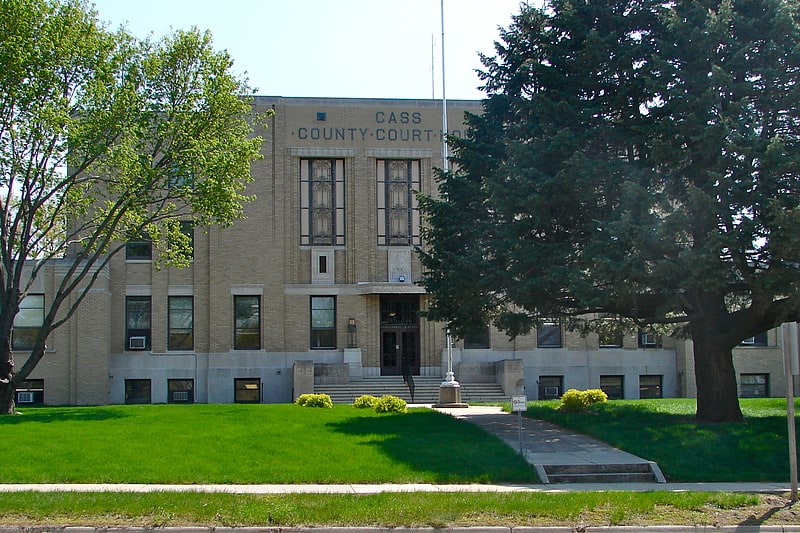
Courthouse. The Cass County Courthouse in Atlantic, Iowa, United States, was built in 1934 as the first courthouse in the state built with funding from the Public Works Administration. It was listed on the National Register of Historic Places in 2003 as a part of the PWA-Era County Courthouses of Iowa Multiple Properties Submission. The courthouse is the third structure to house court functions and county administration.[1]
Address: 5 W 7th St, Atlantic
Hotel Whitney
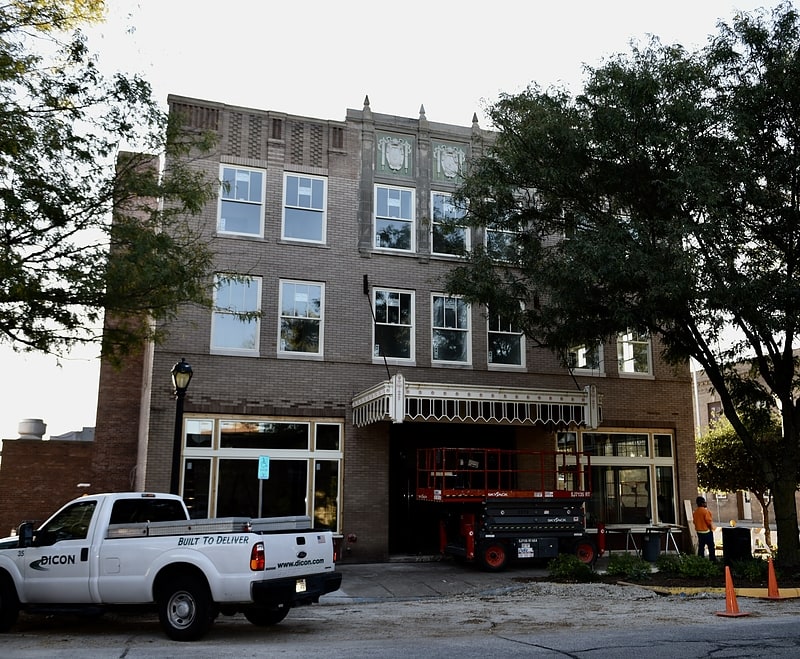
The Hotel Whitney is a historic building located in Atlantic, Iowa, United States. The three-story Victorian Era brick building was completed in 1890. The structure was built so that it could rise to as many as 10-stories. It was also a designated bomb shelter in southwest Iowa. It features a raised parapet in the middle of the main facade. The building is in the process of being converted into 18 senior apartments on the top two floors. The main floor will be converted into a restaurant specializing in breakfast and lunch. The building was listed on the National Register of Historic Places in 2016.[2]
Job A. and Rebecca E. McWaid House
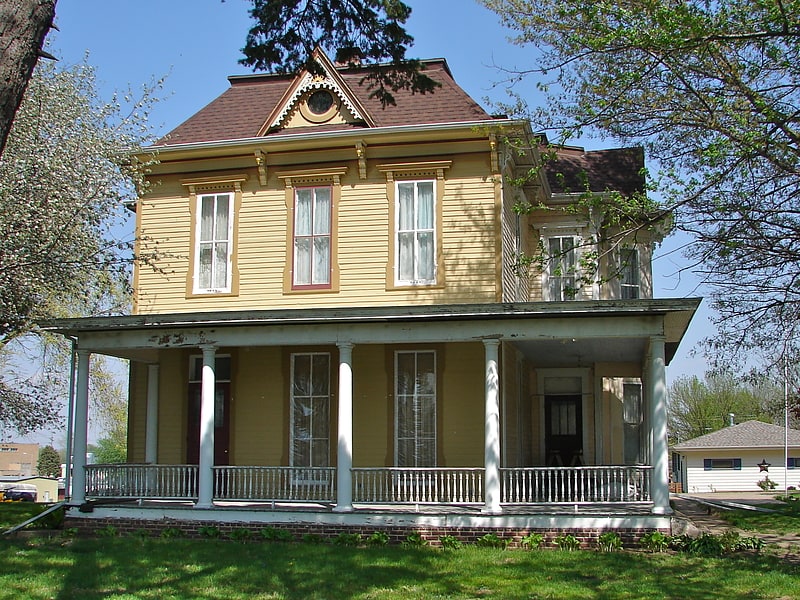
The Job A. and Rebecca E. McWaid House is a historic residence located in Atlantic, Iowa, United States. Ohio native Job McWaid settled in Atlantic in 1869. He was involved in the industrial, commercial and political development of the town. He entered a partnership in a blacksmith and wagon shop, before he expanded into an agricultural implements, grain and coal. He then established Atlantic Packing House and the Atlantic Canning Factory with another investor, before buying him out. The American Civil War caused him to change his political affiliation to the Republican Party. McWaid served three terms on the Atlantic City Council before serving two terms as mayor. The city's sewage system, the Carnegie library, and other municipal improvements were initiated during his public service. This two-story, frame, Queen Anne house was built around 1875, and McWaid moved here in 1883. It was listed on the National Register of Historic Places in 1984.[3]
S.F. Martin House
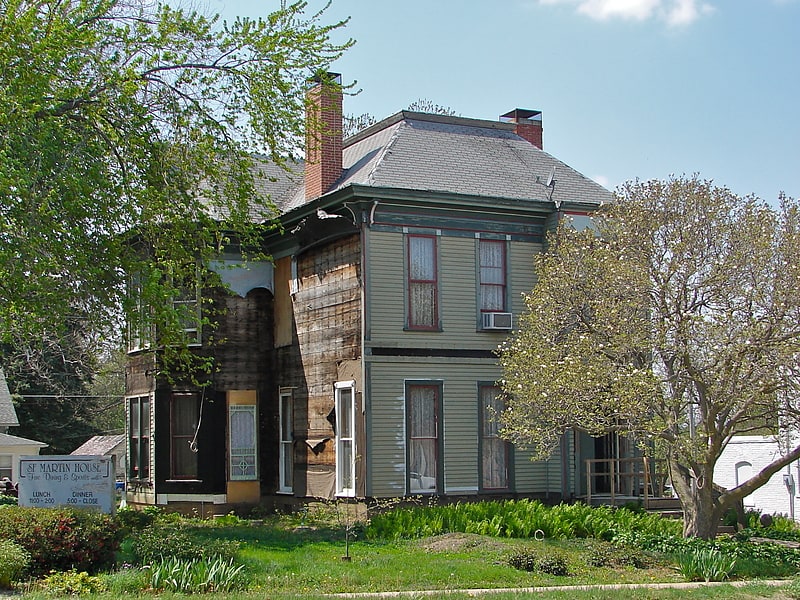
Building. The S.F. Martin House is a historic building located in Atlantic, Iowa, United States. Martin settled in Atlantic in 1865, and opened the first hardware store in town. He was also involved in several industrial efforts in town. He acquired this property between 1870 and 1872, and the house was completed in 1874. The eclectic Victorian-style house features elements of the Second Empire, Italianate, and Gothic Revival styles. It was listed on the National Register of Historic Places in 1984.[4]
Charles F. and Ruth Chase House
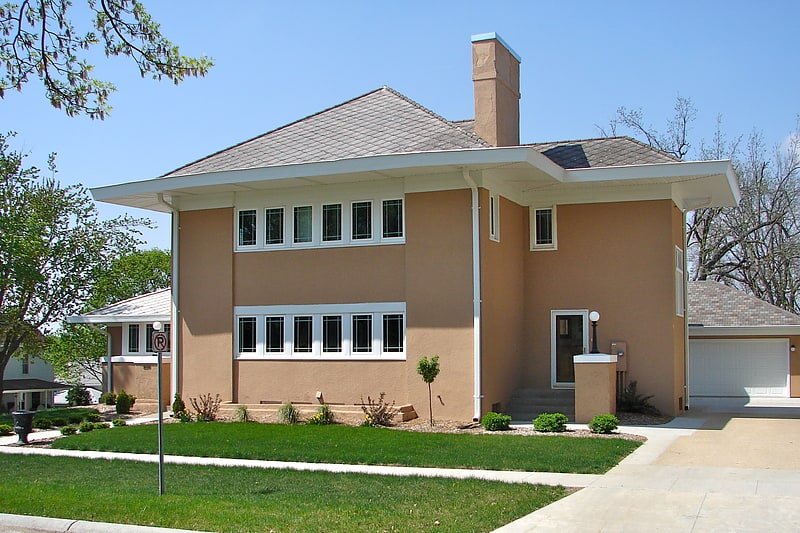
The Charles F. and Ruth Chase House, also known as the Judge Whitmore House, is a historic residence located in Atlantic, Iowa, United States. Charles and Ruth Chase established a local newspaper, the Atlantic News-Telegraph. Their son, Edwin Percy Chase, joined his father in the business and won the Pulitzer Prize for the best editorial of 1933. Ruth Chase bought the property the house was built on in 1914 from Dr. F. W. Porterfield for $2,500. The Porterfield house was torn down and this home was completed the following year. It was designed by Creston, Iowa architect Clarence Yule, and is based upon the architectural style made famous by the architect Frank Lloyd Wright. The two-story, stucco-on-frame, Prairie School dwelling features a hipped roof, enclosed front porch, wide overhanging eaves, ribbons of casement windows on both floors of the front and back elevations, and a full basement. It was listed on the National Register of Historic Places in 1999.[5]